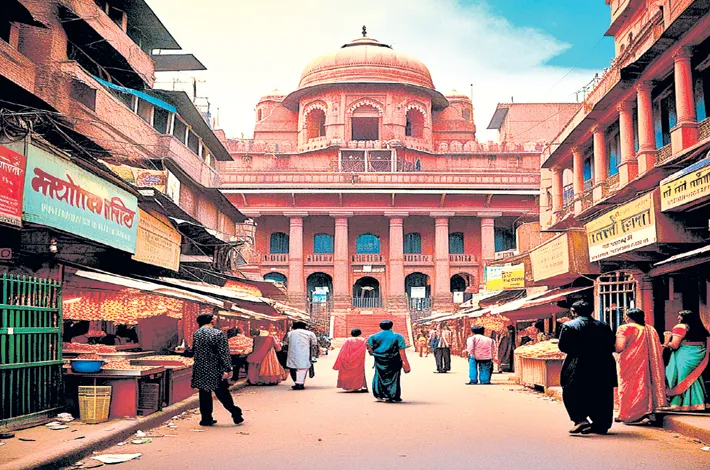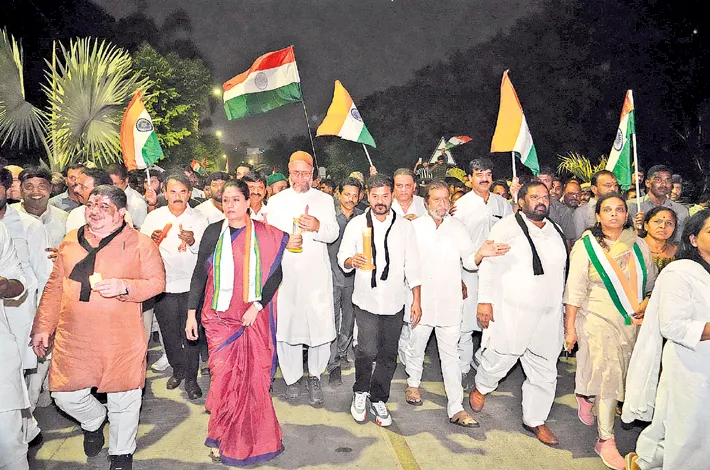India must recalibrate ‘look east’ strategy amid Arakan resurgence
06-01-2025 12:00:00 AM

Arakan victories reshape Myanmar dynamics. India must carve out its sphere of influence in the Arakan region
A potential new nation or semi-autonomous region is emerging on the northeastern borders of India and Bangladesh’s Cox’s Bazar. This development stems from the remarkable success of the Arakan Army (AA), which has seized control of most of Myanmar’s Rakhine State and parts of Chin State.
Adding to this upheaval are the victories of other insurgent groups in northern Myanmar, including the Chin National Front (CNF) and the People’s Defence Force (PDF). These campaigns have left Yangon’s military junta with little to no control over its borders with India.
The Myanmarese junta has effectively lost authority in Rakhine, Chin, and Sagaing regions, which share boundaries with Mizoram, Manipur, and Nagaland. The CNF, controlling three-quarters of Chin State, along with the AA, seeks secession from Myanmar.
Meanwhile, the PDF fights under the National Unity Government (NUG) banner, advocating for a return to democracy. While no group has officially declared independence, this restraint appears to be a tactical decision.
The AA, part of the “Three Brotherhood Alliance” alongside the Myanmar National Democratic Alliance Army and the Ta’ang National Liberation Army, has emerged as the most influential rebel group.
Over the past 13 months, the AA has established control over 14 of Rakhine’s 17 townships. It is advancing towards critical infrastructure, including the Taungup-Pandaung road in central Myanmar, which hosts strategic ordnance factories and heavy industries.
The AA has even encroached on Bangladeshi territory, targeting Rohingya armed groups aligned with the Myanmar army. These developments have significant implications for India, as the AA controls regions central to India’s ambitious Sittwe port and multimodal connectivity project.
India has historically aligned with Myanmar’s military regime, avoiding direct engagement with rebel factions. The lone exception occurred two decades ago, when Indian intelligence apprehended AA operatives hiding in the Andaman Islands, subsequently imprisoning them in Kolkata.
However, the AA’s recent overtures to India mark a dramatic shift. The group has assured India that it will not disrupt the Sittwe project and has promised inclusive citizenship for Hindus and Rohingyas residing in its territories.
These developments present India with an opportunity to recalibrate its strategy. Engaging with the AA is crucial not only for securing its connectivity projects but also for maintaining influence over northeastern insurgents, who often transit or seek refuge in rebel-controlled areas.
The Sittwe project, conceived to bypass Bangladesh’s Chittagong port, is a linchpin in India’s efforts to connect its northeastern states with global markets. The initiative envisions a port at Sittwe, linked by waterways to Paletwa in Chin State and by highways to Mizoram. This route offers an alternative to the connectivity severed during the 1965 India-Pakistan war.
Despite promises, Bangladesh has restricted India’s access to the Chittagong port, making Sittwe vital. In May 2023, India and Myanmar celebrated the port’s inaugural cargo shipment from Haldia. Yet, the project remains stalled due to the ongoing conflict, with the Myanmar army barely clinging to control in Sittwe, surrounded by AA forces.
China, a rival stakeholder, has adeptly played both sides in the conflict. Its Kyaukphyu port project, crucial for bypassing the US-patrolled Strait of Malacca, underscores its strategic interests in Myanmar. Beijing has supplied arms to the junta while facilitating black-market arms sales to
rebels, further destabilizing the region.
India, by contrast, has refrained from arms dealings, focusing instead on humanitarian aid. Refugees from northern Myanmar have sought shelter in Mizoram, and rebels have accessed critical medical care within Indian borders. However, these efforts now require an upgrade to match the region’s changing dynamics.
India must adapt to these shifting circumstances by engaging diplomatically with the AA and other rebel groups. Offering medical aid, rebuilding infrastructure, and fostering goodwill through people-to-people connections can open doors for deeper cooperation. Such measures would not only stabilize Myanmar’s border regions but also secure India’s strategic interests.
The ultimate goal extends beyond Sittwe. India’s vision includes an integrated network of roads and railways connecting the northeastern states with Southeast Asia. This ambition aligns with broader Asian connectivity projects, potentially transforming dreams like “breakfast in Guwahati, lunch at Sittwe, and dinner in Bangkok” into reality.
Realizing this vision demands agility and foresight. India must carve out its sphere of influence in the Arakan region while ensuring rival powers like China do not derail its objectives. With diplomacy and strategic investments, India can position itself as a stabilizing force in a region at the crossroads of history.








